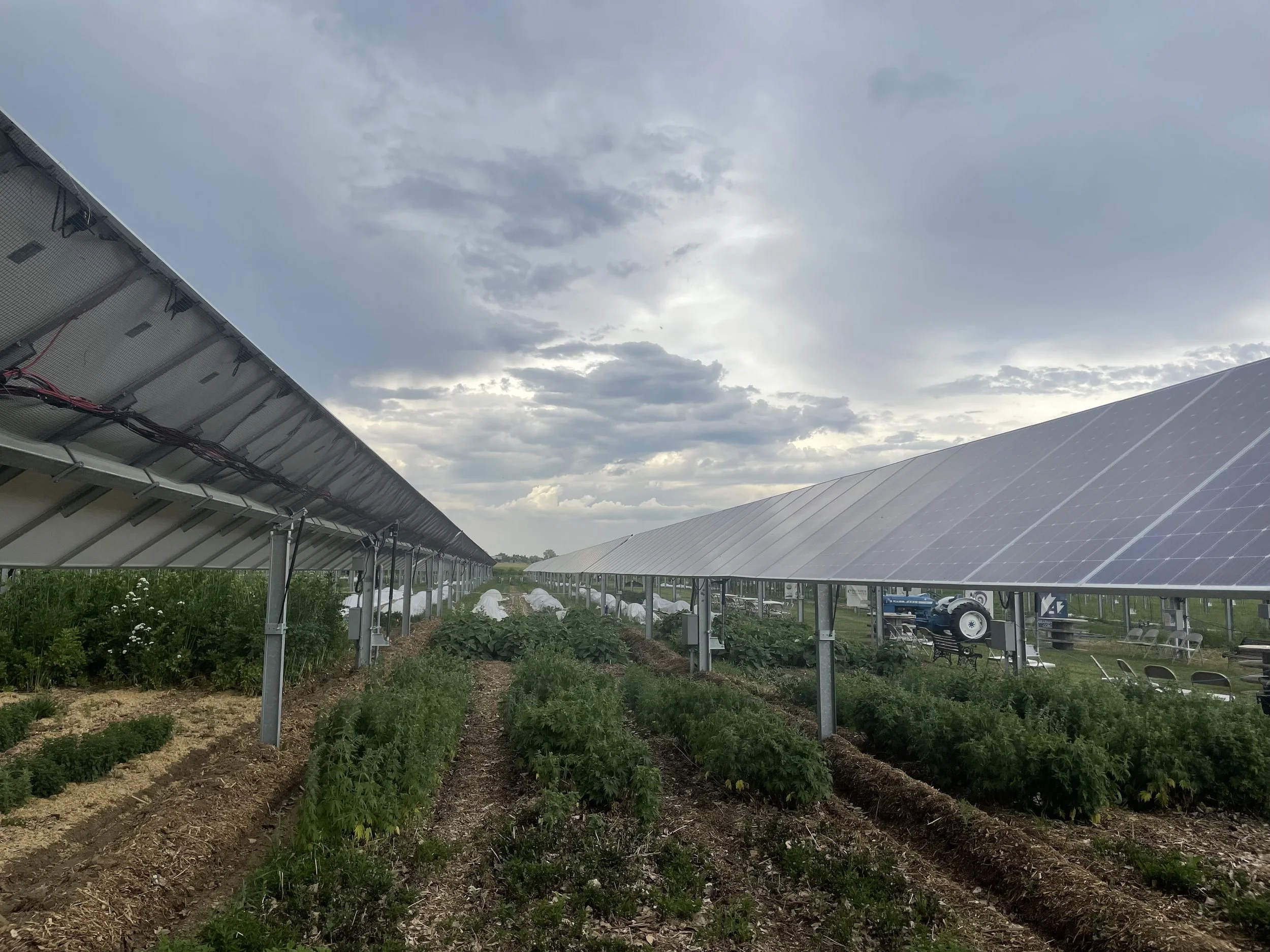Our Services
KAP Industry provides independent advice for successful integration of farming with solar. Services fall within our four pillars: community, business, project, and research.
-
Unleash community benefit across all stakeholders through impact assessments, outreach and engagement, and capability building.
-
Grow your business with an agrivoltaics strategy and plan, feasibility studies, and site selection frameworks.
-
Customize your project to farmer first agrivoltaic principles through operations assessments, site specific design parameters, and crop integration plans.
-
Lead in innovation to expand the breadth of agrivoltaics applications with study designs, experimentation, and publishing.
Community
Impact assessment: Quantify the economic, public health, and environmental cost and benefits of agrivoltaics across all community stakeholders to inform policymaking decisions
Outreach and engagement: Define community awareness and interest in agrivoltaics and close communication gaps
Capability building: Provide resources to empower landowners when approached by solar developers and create training opportunities for local workforce development
Business
Strategy and planning: Identify market opportunities, set goals, and refine organizational direction to support achieving agrivoltaics strategic goals
Feasibility study: Determine economic and environmental viability of agrivoltaics across a region or at a site
Site selection: Using KAP’s site selection enhancement layer on geophysical indicators to predict agrivoltaics success across markets
Project
Operations assessment: Understand the near- and long-term site operations to be factored into system design
Design parameters: Translate operations into design parameters (e.g. row spacing, azimuth, racking height, etc) that generate maximum benefit
Crop integration: Use KAP’s crop suitability framework to determine which crops will pair best with your agrivoltaics system
Research
Scientific design: Identify key questions to shape the next generation of agrivoltaics and define protocol for testing hypotheses
Data collection and analysis: Collect data across controls and variables and draw insights to inform next steps
Publishing: Draft conclusions, identify relevant journals, and submit for peer-review and publication




